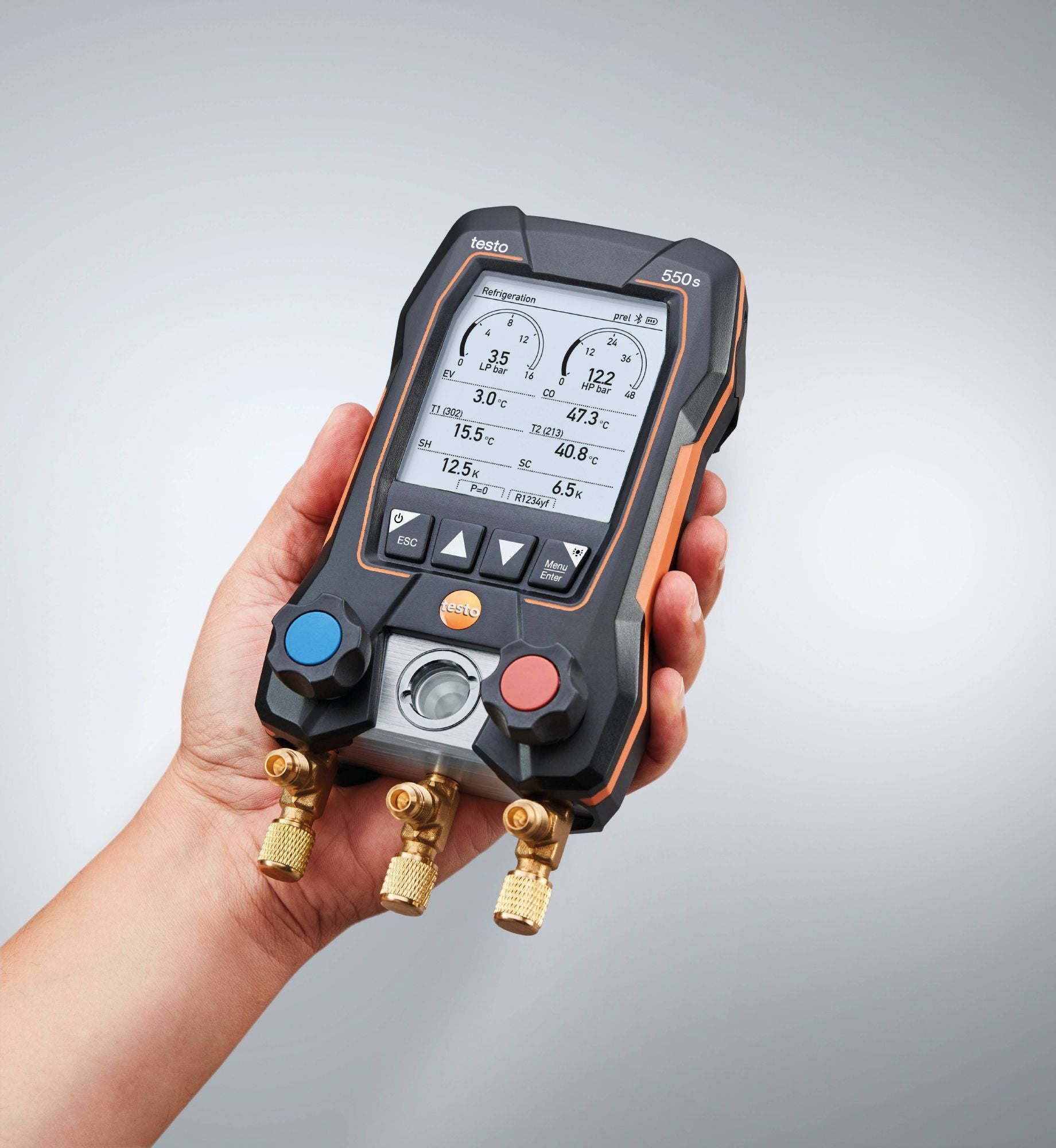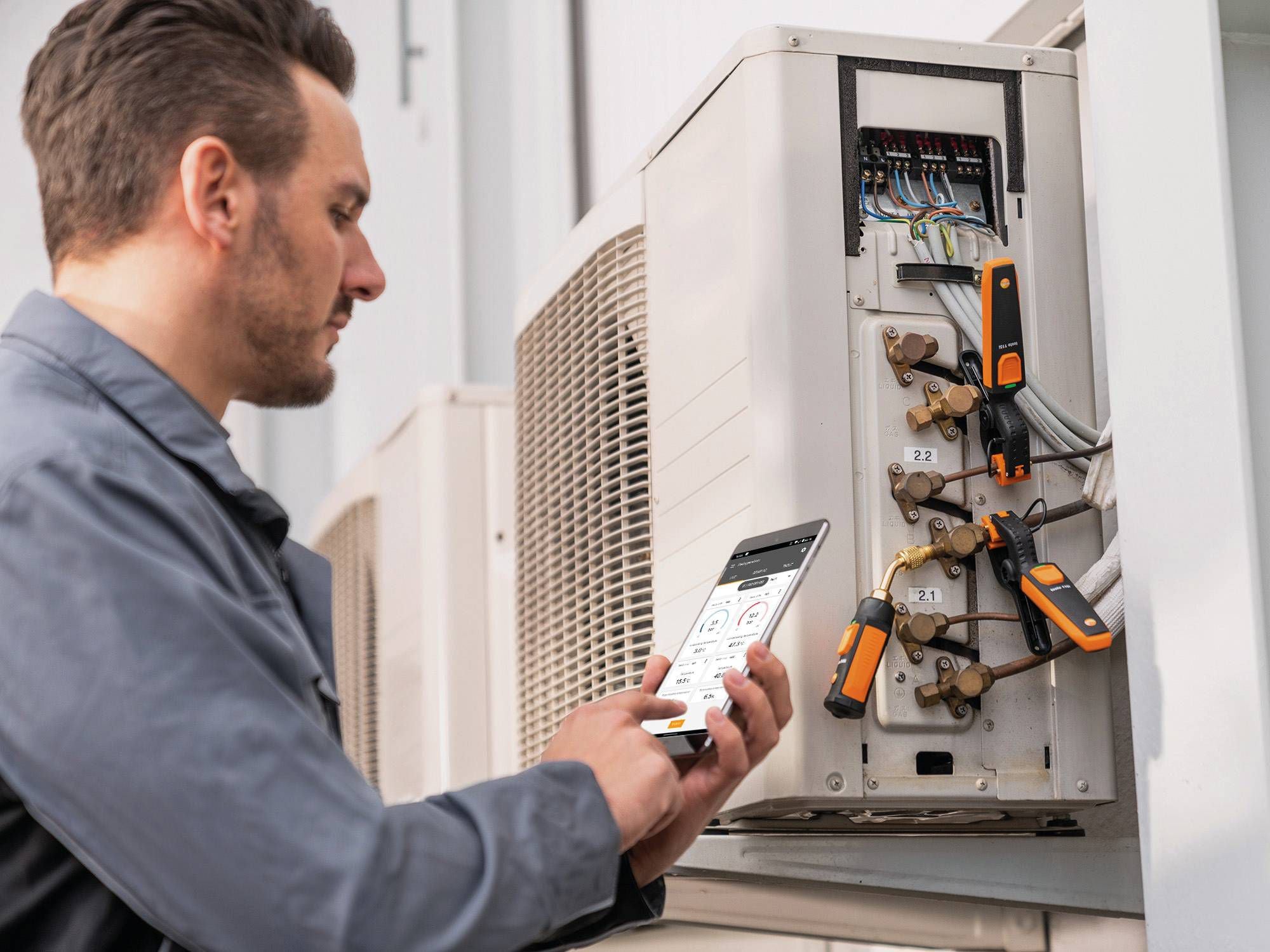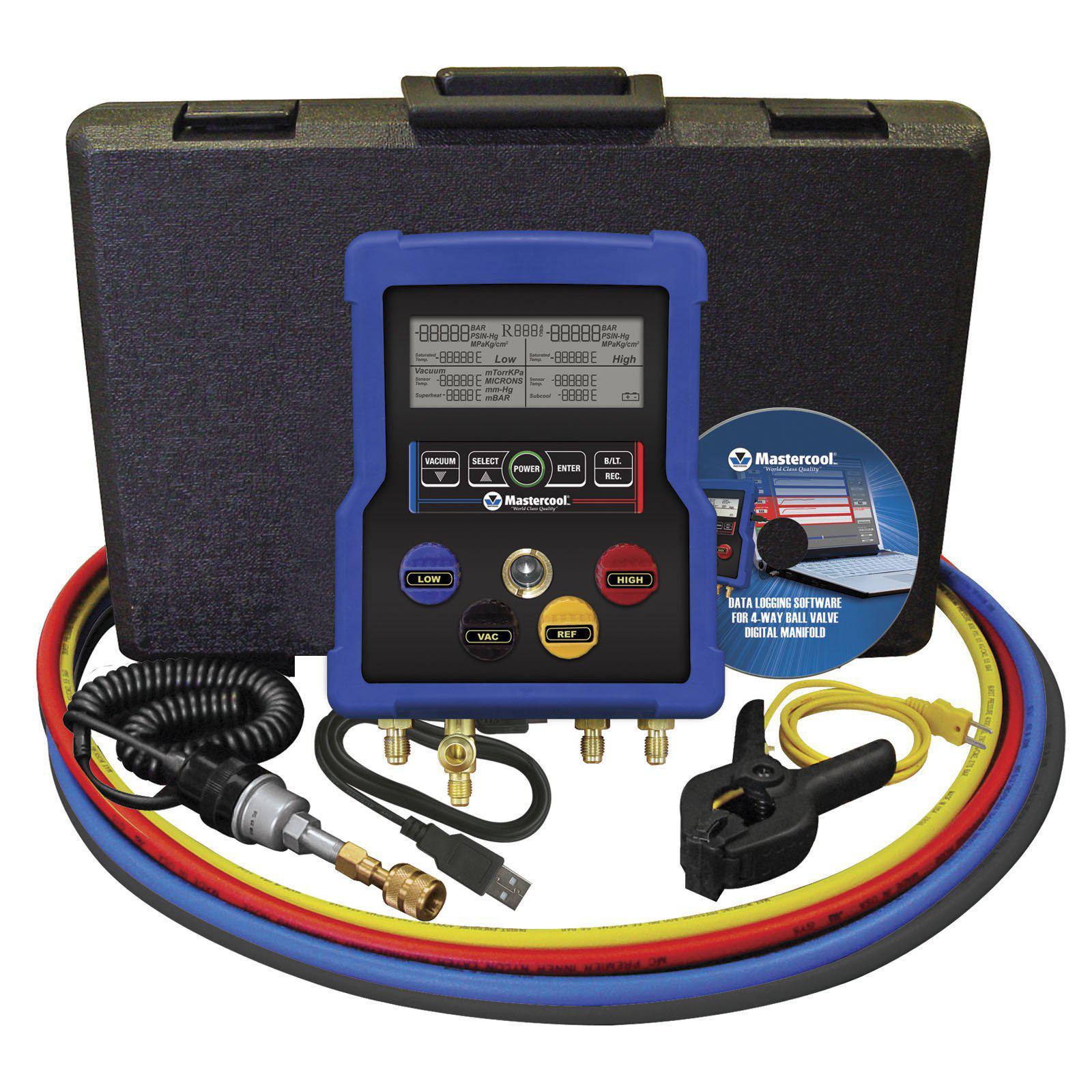
Learn to read and understand AC gauges!
Your AC gauges are your most precious assets while you're constantly fixing air conditioning, ventilation, heating, and refrigeration appliances in Australia. HVAC gauges usually come with two separate valves joined by a single-spring pressure indicator. It's the information you've been looking for if you don't know how to utilize HVAC gauges.
WHAT ARE AC GAUGES?
When charging or pressure testing a device, we use HVAC gauges to read the pressure of gases and liquids in the cooling unit, as well as the vacuum pressure.
There are several ports on the HVAC gauge set, which is also known as manifold. The pressure that the gauge can bear and the number of ports you can easily attach accessories are the main differences between the many manifold types you'll encounter. When working with various refrigerants, these considerations are critical.
You could also use the gadget to replace and service your HVAC system.
HOW TO READ AC GAUGES?
We'll go through what an HVAC gauge is, what it does, and how to interpret it in this article. But first, a quick rundown of the colour-coding:
- The blue colour indicates the compressor's suction pressure. The reading is based on variations in air pressure and ranges from 0 to 99.9 psi.
- The time is displayed in red, and the pressure from the pipe is read. The hue has a lot of utility because it lets you see the high pressures coming from the HVAC system.
The reading of HVAC analog gauges is normally done manually. By looking at the dials' blue and red colour-coding labels, you may accomplish this.
READING AN AC GAUGE
- High-pressure gauges usually have a red indicator and a read port. Connect a code-approved red hose intended to withstand pressure to the high-pressure port on the cooling line with the flare fittings that come with it. Connect the cooling unit's high-pressure side to the gauge's red port. To eliminate the possibility of random erroneous couplings, the high-pressure port is frequently threaded and sized differently than the low-pressure side.
- Next, connect the low-pressure line to the HVAC gauge's blue port. Then, using a blue low-pressure line and the unit's blue pressure gauge, link the low-pressure side. It will allow for the proper flow of vacuum pressure and the use of a micron meter to assess the vacuum pressure already present in the system.
- Then, connect a vent or waste hose in the centre of the manifold configuration. Connect the larger low-pressure hose to the middle of the manifold port if you want to discharge a system or vent Freon by connecting the unit. You'll be able to secure a refrigerant recovery container to the various installations in this way, avoiding state limits on refrigerant emissions into the atmosphere.
- Connect the remaining ports to micron meters or other gauges. You can use the extra ports on the manifold to connect vacuum pressure (manifold) gauges or even a vacuum pump to any piece of furniture to perform the necessary services on the cooling unit for the repair you're performing.
- Finally, take note of the readings from the Freon pressure gauges, commonly known as refrigeration gauges. It depicts pressure in refrigeration, industrial refrigerators, cold filling equipment, and cold rooms. For example, if the refrigerator gauge reads r22 and you weigh 60 pounds, the scales will read 1 degree Celsius (an equivalent of 34 in Fahrenheit).
Quick Tip
The refrigerator gauge has the same properties as a general manometer, but the reading characteristics are more stringent. It has a one-of-a-kind weld and is tested for refrigerant leakage. You may quickly learn how to read HVAC gauges in this manner.
AC Gauges from HVAC Shop
It's never as simple as buying one set of HVAC gauges and getting done with it when gathering reliable readings. Multiple sets of manifolds allow you to operate with various refrigerants and lubricants in refrigeration systems. HVAC Shop, fortunately, has all of the data you need on the best HVAC gauges for precise data. Air quality and carbon monoxide testing are also available. Give HVAC Shop a call now to discover more about how to read HVAC gauges for your house in Australia.




